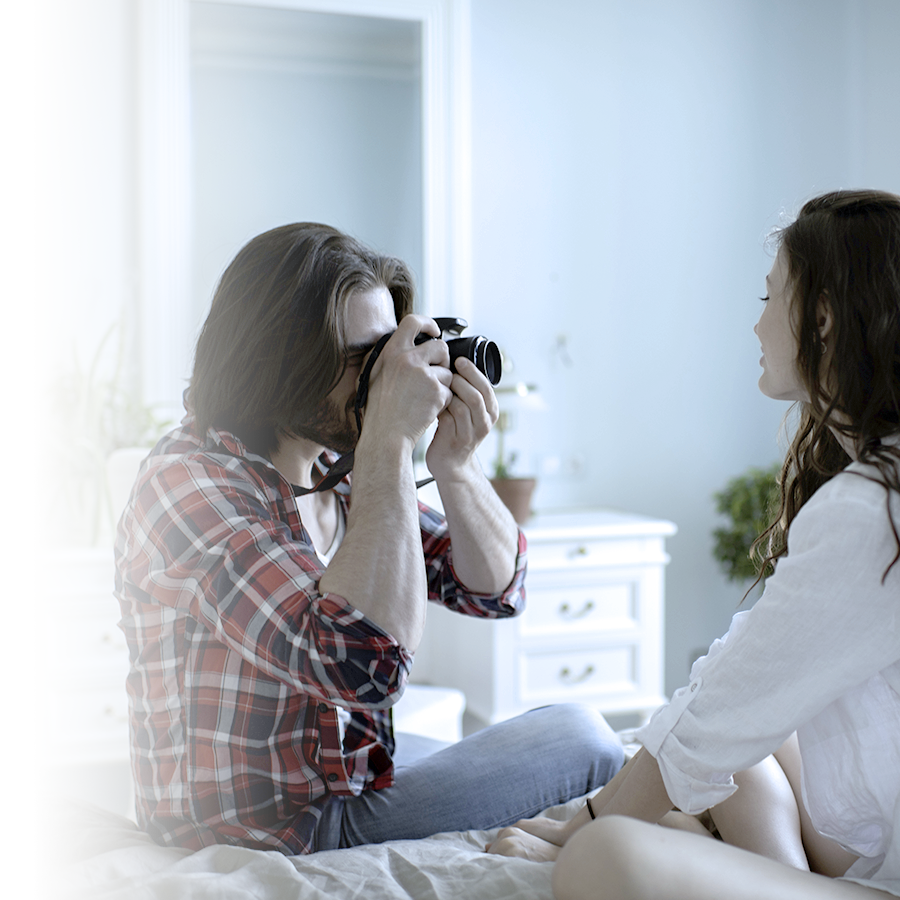Indoor photography can be a real challenge. Here are four tips to manage the light conditions and take great shots without professional equipment.
Select and adjust your equipment properly
Choose lenses with a short or medium focal length—24 to 50 mm—and, in particular, a wide aperture—ideally between f/1.4 and f/2.8.
Using the widest possible aperture allows you to capture more light in less time and gives you a blurry background, known as shallow depth of field. If the light conditions allow and you want more depth of field, narrow the aperture by one or two stops, perhaps going from f/2.8 to f/3.5.
Under low light conditions, increasing the ISO is a good idea. However, it is best to avoid using your camera’s highest sensitivity setting, especially if it’s a compact. This could lead to grainy colour noise in your pictures as a result of colour management. Instead, choose an ISO setting of 400 or 800—in most cases, that will do it. Only increase the ISO setting if your camera lens does not open wide enough to expose the shot properly.

Whether artificial or natural, light is your friend
Determine what time of day your window gets the best light, then ask your subject to pose beside it. Avoid facing the window directly, or your subject will be backlit and dark. If you want this effect, you could use your flash to highlight your subject in the shadows.
When shooting at night, find the strongest light sources and have your models pose close to them. In this case, be sure to use your white balance settings: use “tungsten” for yellow light, “fluorescent” for white light, and “flash” if you’re using the flash.

Master your flash
Still not getting enough light despite your best efforts? Then it’s time to get out your flash. If you have an external flash, create indirect light by pointing the flash at a white wall or ceiling (see figure below).
The built-in flashes on single-lens reflex and compact cameras tend to make the foreground too bright and the background too dark. Solve this problem by underexposing the shot by 1.3 EV (exposure value). This will keep your subject from looking like a vampire!

Find the best angle for a great composition
Move around the room to find the best angle. Pay attention to details and the decor. For example, is the line created by a row of chairs interesting? Look at the curves and transparency of glassware, the colour of knickknacks, the way a curtain is draped—these can be strong factors in a good composition.
Tip: Move closer to your subject instead of zooming in, especially when using a digital zoom. This will give you a cleaner shot and you can easily change angles and how the shot is framed.

